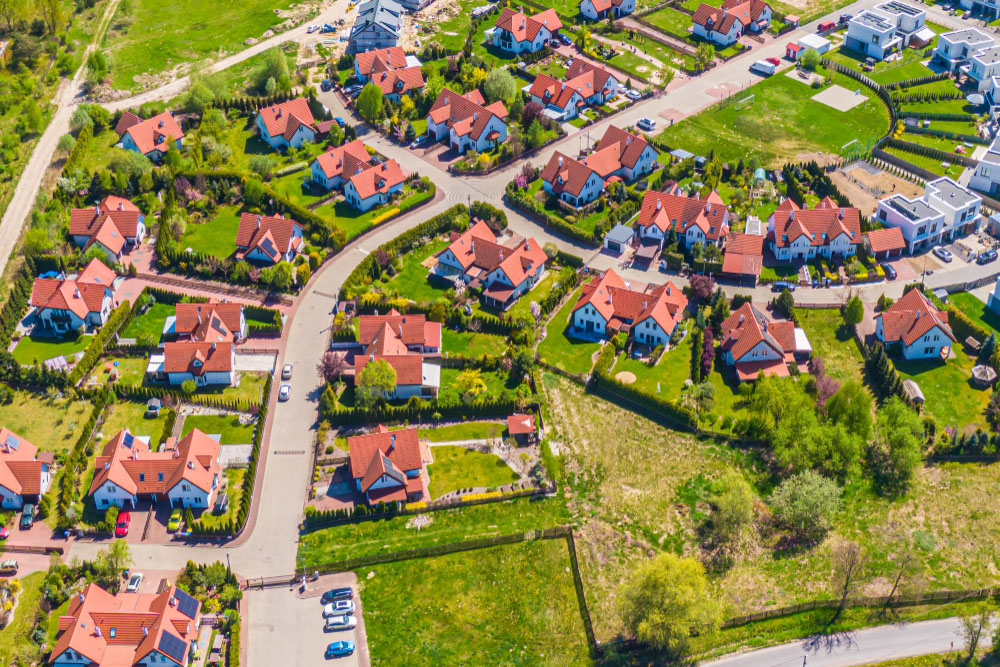How to Properly Implement Gated Community Visitor Management

Managing visitor access in a gated community is crucial to ensuring the safety and security of residents. A well-implemented visitor management system can streamline entry processes, reduce unauthorized access, and enhance overall community satisfaction. In this blog post, we'll guide you through the steps to properly implement a gated community visitor management system, ensuring the process is efficient and effective.
Why Gated Community Visitor Management is Essential
Before we dive into the implementation steps, it's important to understand why visitor management is essential for gated communities:
- Enhanced Security: Proper visitor management helps prevent unauthorized access, reducing the risk of theft, vandalism, and other security threats.
- Improved Resident Satisfaction: A streamlined visitor management process ensures that residents' guests can enter the community without unnecessary delays or hassles.
- Accountability: Keeping records of visitor entries and exits can help in tracking and investigating any incidents that may occur within the community.
- Better Traffic Control: Effective visitor management can reduce congestion at entry points, making it easier for residents and their guests to move in and out of the community.
Now, let's explore the steps to properly implement a gated community visitor management system.
Step 1: Assess Your Community's Needs
The first step in implementing a visitor management system is to assess your community's specific needs. Consider factors such as the size of the community, the number of daily visitors, and the existing security measures in place. This assessment will help you determine the type of visitor management system that will best suit your community.
Questions to Consider:
- How many entry points does the community have?
- What is the average number of daily visitors?
- Are there any specific security concerns or incidents that need to be addressed?
- What is the community's budget for implementing a visitor management system?
Step 2: Choose the Right Visitor Management System
Once you've assessed your community's needs, the next step is to choose the right visitor management system. There are various options available, ranging from manual sign-in sheets to advanced digital systems with features like facial recognition and real-time visitor tracking.
Types of Visitor Management Systems:
- Manual Sign-In Sheets: Simple and cost-effective, but less secure and harder to manage for larger communities.
- Digital Sign-In Systems: These systems use tablets or kiosks for visitors to sign in electronically. They offer better record-keeping and can be integrated with other security measures.
- Advanced Visitor Management Systems: These systems include features like pre-registration, QR code entry, facial recognition, and real-time tracking. While more expensive, they offer the highest level of security and efficiency.
Step 3: Develop Visitor Policies and Procedures
Before implementing your chosen visitor management system, it's essential to develop clear visitor policies and procedures. These guidelines will help ensure that both residents and visitors understand the rules and expectations for entering the community.
Key Elements to Include:
- Visitor Pre-Registration: Encourage residents to pre-register their guests to expedite the entry process.
- Identification Requirements: Specify the types of identification that visitors need to present upon entry.
- Access Permissions: Define the areas within the community that visitors are allowed to access.
- Visitor Escorts: Determine whether visitors need to be escorted by residents or security personnel while within the community.
- Guest Limits: Set limits on the number of visitors a resident can host at any given time.
Step 4: Train Your Staff
Proper training is crucial to the successful implementation of any visitor management system. Ensure that all staff members, including security personnel and front desk operators, are trained on the new system and understand the community's visitor policies and procedures.
Training Tips:
- Conduct hands-on training sessions to familiarize staff with the visitor management system's features and functions.
- Provide written guides and manuals for reference.
- Offer regular refresher training sessions to keep staff updated on any changes or new features.
- Encourage staff to provide feedback and suggestions for improving the visitor management process.
Step 5: Educate Residents
To ensure smooth implementation, it's important to educate residents about the new visitor management system and the associated policies and procedures. Clear communication will help residents understand the benefits of the system and how it will enhance their security and convenience.
Communication Strategies:
- Hold community meetings or webinars to introduce the new system and answer any questions.
- Distribute informational pamphlets or brochures that outline the visitor policies and procedures.
- Send regular email updates to keep residents informed about the implementation process and any changes.
- Create an FAQ section on the community's website or app to address common concerns and questions.
Step 6: Monitor and Evaluate the System
Once the visitor management system is implemented, it's essential to continuously monitor its performance and make any necessary adjustments. Regular evaluation will help identify any issues or areas for improvement, ensuring that the system remains effective and efficient.
Monitoring and Evaluation Tips:
- Conduct regular audits of visitor logs and records to ensure accuracy and compliance with policies.
- Gather feedback from residents, visitors, and staff to identify any pain points or areas for improvement.
- Monitor key performance indicators (KPIs) such as entry processing time, visitor satisfaction, and incident reports.
- Stay updated on the latest advancements in visitor management technology and consider upgrading the system as needed.
Conclusion
Implementing a gated community visitor management system is a crucial step in enhancing the security, convenience, and overall satisfaction of residents. By assessing your community's needs, choosing the right system, developing clear policies, training staff, educating residents, and continuously monitoring the system, you can ensure a successful implementation.
If you're looking for a reliable and efficient visitor management system for your gated community, contact EntranceIQ today to get your free quote. Our advanced AI-powered solutions are designed to meet the unique needs of gated communities, providing enhanced security, streamlined processes, and exceptional support.